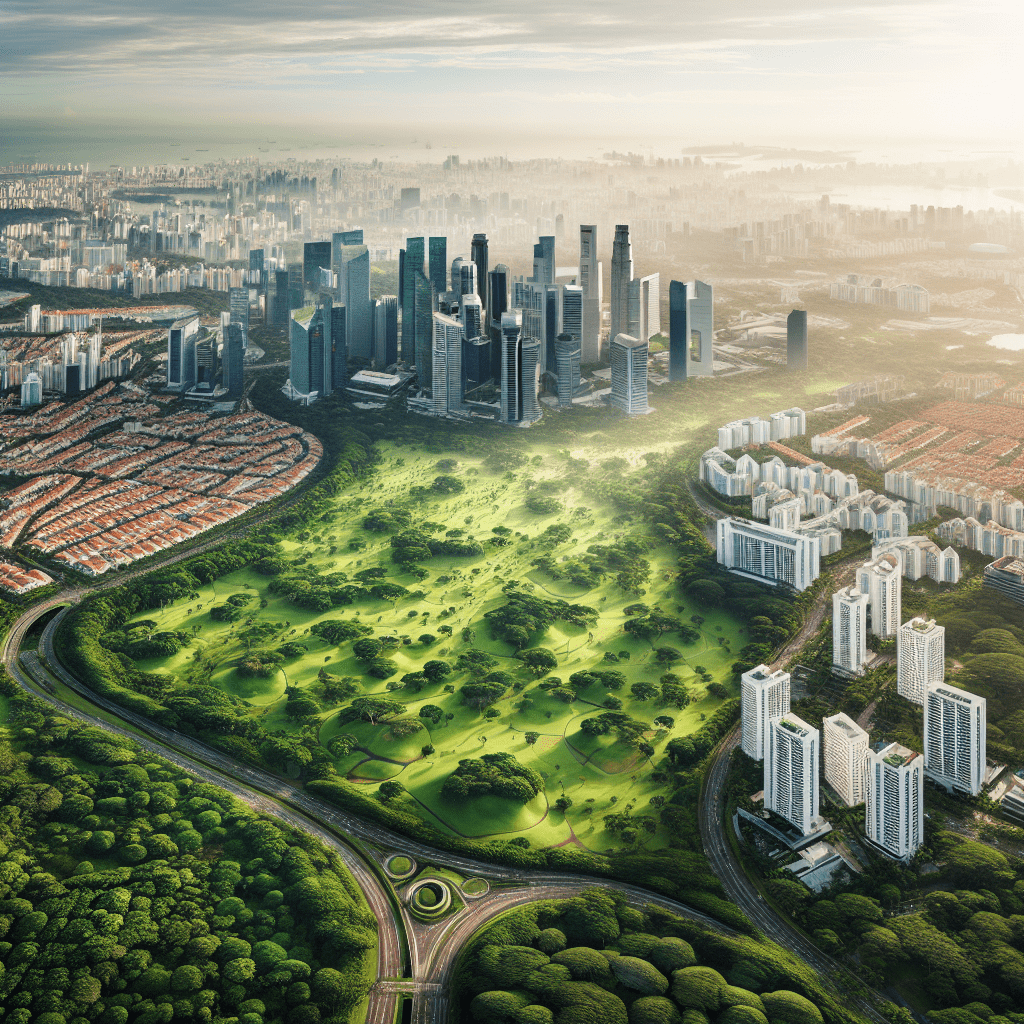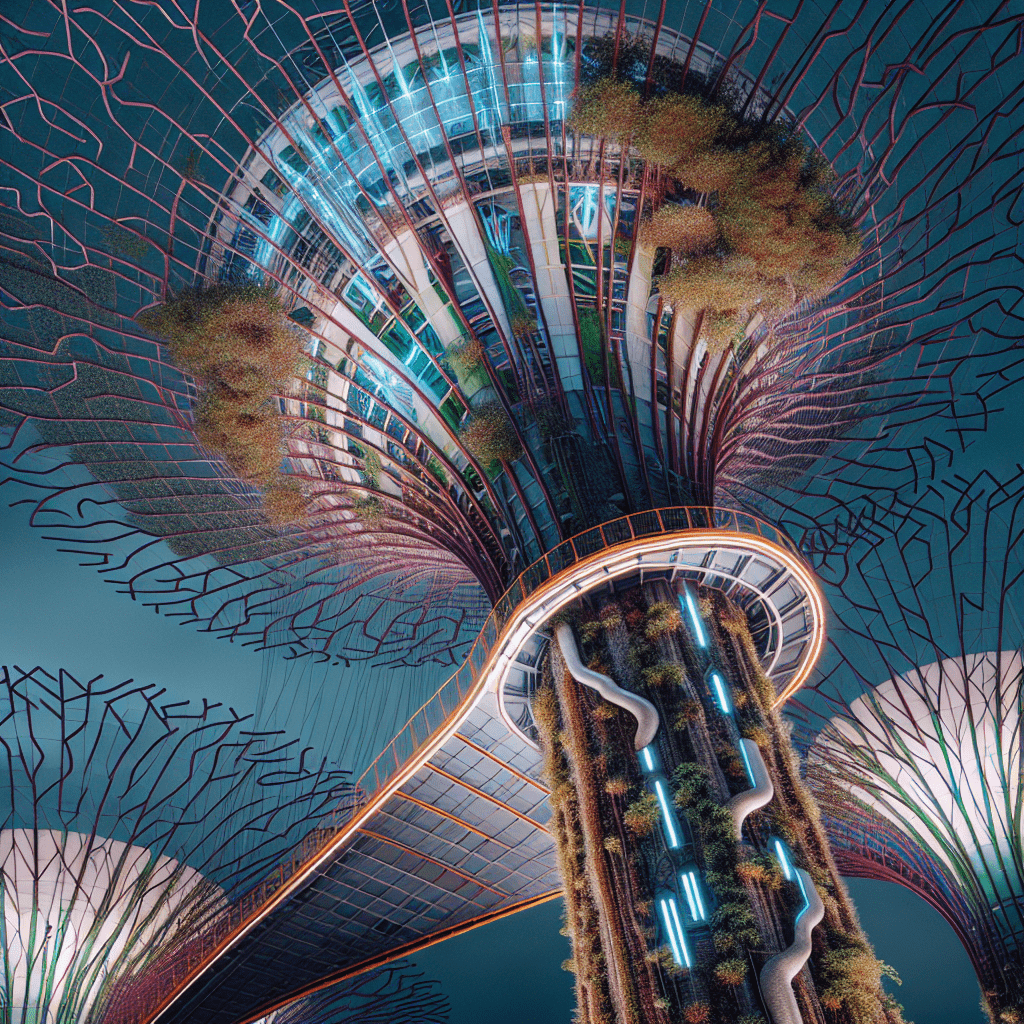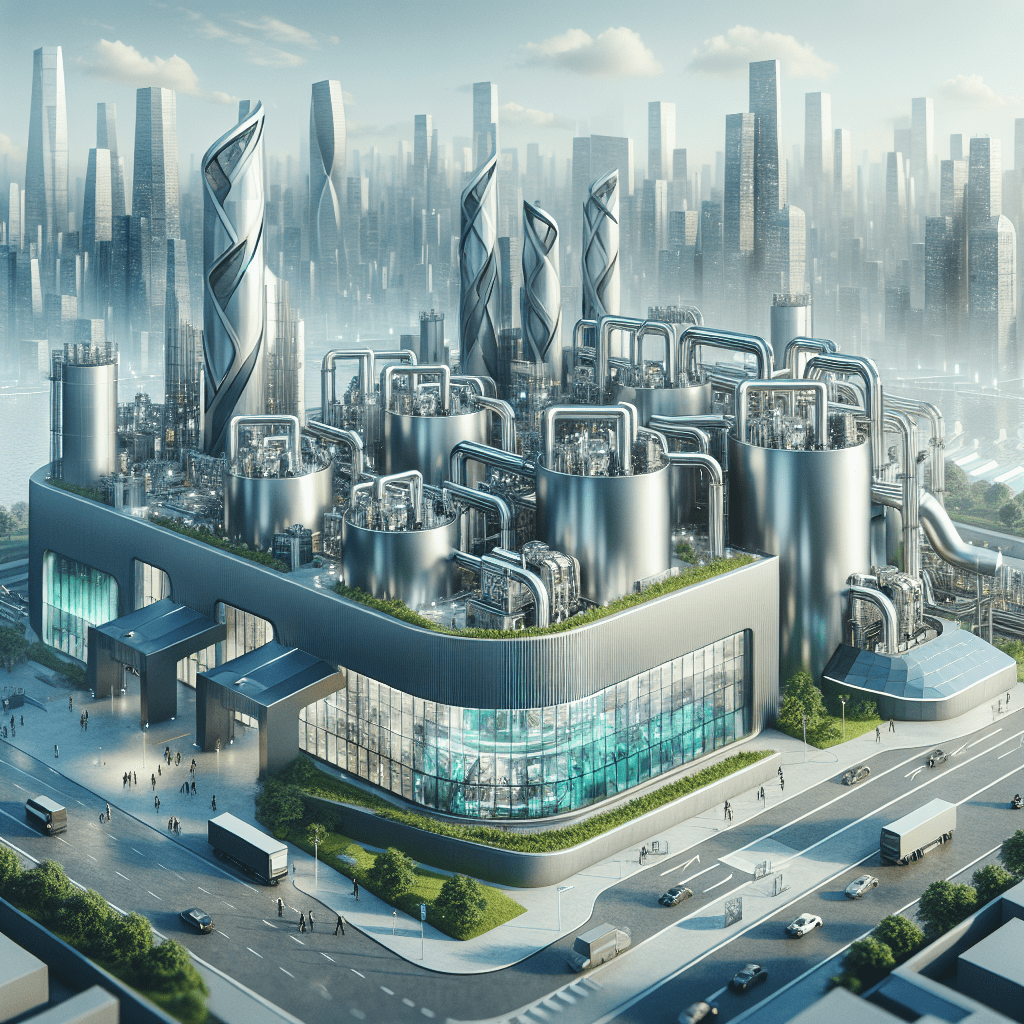Table of Contents
In the heart of Southeast Asia, the vibrant city-state of Singapore has emerged as a global leader in economic development and innovation. Yet, amid its towering skyscrapers and bustling streets, the nation faces a critical challenge: balancing rapid growth with environmental sustainability. As climate change and urbanization pressures mount, Singapore is pioneering creative strategies to build a greener, more resilient future.
The Paradox of Progress
Singapore’s meteoric rise from a humble fishing village to a global economic powerhouse is a testament to its adaptability and vision. However, this rapid development has come at an environmental cost. With limited land and natural resources, the nation has grappled with issues such as air and water pollution, waste management, and the loss of biodiversity.
Dr. Audrey Tan, a senior research fellow at the National University of Singapore’s Centre for Nature-based Climate Solutions, emphasizes the urgency of the situation: “As a small island nation, Singapore is particularly vulnerable to the impacts of climate change, such as rising sea levels and extreme weather events. We must find ways to develop sustainably while preserving our natural heritage.”

Embracing Green Urbanism
To address these challenges, Singapore has embraced the concept of “green urbanism” – integrating nature and sustainable design into the fabric of the city. The nation’s “City in a Garden” vision aims to create a harmonious blend of urban landscapes and green spaces, enhancing both livability and ecological resilience.
One striking example is the award-winning Gardens by the Bay, a 101-hectare oasis featuring iconic Supertrees, conservatories, and diverse plant collections. This marvel of horticultural artistry and sustainable engineering demonstrates how cities can weave nature into their core, providing valuable ecosystem services and recreational opportunities.

Green Buildings and Infrastructure
Singapore has also set ambitious targets for green buildings and infrastructure. The Building and Construction Authority (BCA) has established the Green Mark Scheme, a benchmarking system that encourages the adoption of environmentally friendly features in buildings. From energy-efficient appliances to green roofs and vertical gardens, these innovations are transforming the cityscape.
Moreover, the nation is investing heavily in sustainable transportation, such as expanding its electric vehicle charging network and promoting cycling and walking through the development of park connectors and pedestrian-friendly streets.
Harnessing Technology for Sustainability
As a hub for innovation and technology, Singapore is leveraging cutting-edge solutions to tackle environmental challenges. The nation is at the forefront of smart city initiatives, using data analytics, sensors, and artificial intelligence to optimize resource management and reduce waste.
For example, the Tuas Nexus Integrated Waste Management Facility, set to open in 2025, will use advanced technologies to maximize energy and resource recovery from waste. By integrating solid waste and wastewater treatment, the facility aims to achieve a 70% reduction in carbon emissions compared to conventional plants.

Engaging Citizens in Green Efforts
Singapore recognizes that achieving environmental sustainability requires the collective effort of its citizens. The government has launched numerous initiatives to raise awareness, promote eco-friendly behaviors, and engage the public in conservation efforts.
Programs like the National Recycling Programme, the “Say Yes to Waste Less” campaign, and the Community in Nature initiative encourage individuals to adopt sustainable practices, reduce waste, and appreciate the value of biodiversity. By fostering a sense of shared responsibility and stewardship, Singapore aims to cultivate a culture of sustainability that permeates all levels of society.

Collaborating for a Sustainable Future
Singapore’s journey towards environmental sustainability is not a solitary one. The nation actively collaborates with international partners, sharing knowledge and best practices to address global environmental challenges.
For instance, the Singapore-ETH Centre, a research partnership with the Swiss Federal Institute of Technology, focuses on developing sustainable solutions for cities in the tropics. By fostering cross-border collaboration and innovation, Singapore aims to contribute to the global effort to build a more sustainable and resilient future.
The Road Ahead
While Singapore has made significant strides in promoting environmental sustainability, the journey is far from over. As the nation continues to grow and evolve, it must remain adaptable and proactive in addressing emerging challenges.
As Prime Minister Lee Hsien Loong stated at the 2021 Singapore Green Plan launch, “Sustainability has always been part of Singapore’s DNA. We must stay committed to a green, livable, and sustainable Singapore for generations to come.”
By embracing green urbanism, harnessing technology, engaging citizens, and collaborating with global partners, Singapore is charting a path towards a future where economic progress and environmental stewardship go hand in hand. As the world watches, the little red dot is proving that small nations can make a big impact in the fight for a greener, more sustainable world.